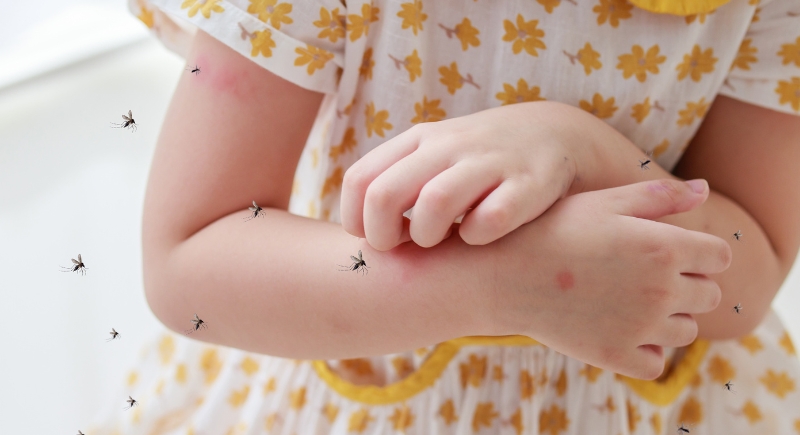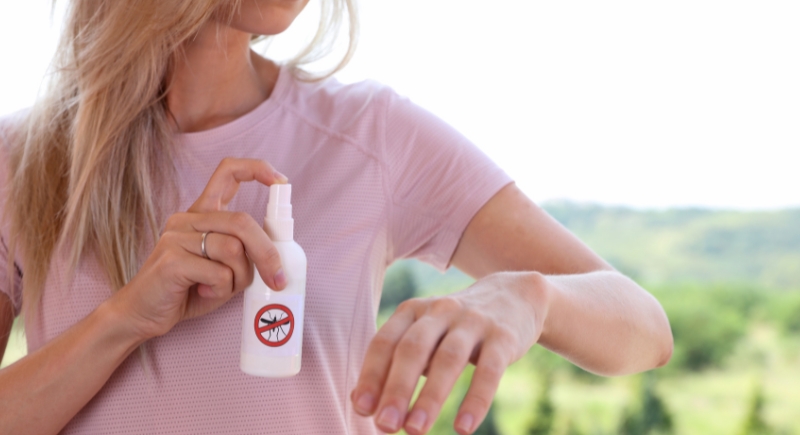The Deadliest Animal Is in Your Backyard Right Now (And It’s Not a Snake)
Most people think of dangerous animals as big creatures with sharp teeth or venomous fangs. Lions, sharks, and snakes usually top the list of threats. But the animal responsible for more human deaths than any other isn’t intimidating at first glance. It’s tiny and buzzing around your backyard right now. The mosquito, often dismissed as nothing more than a nuisance, is actually the deadliest animal on earth.
The Centers for Disease Control and Prevention (CDC) has long warned that mosquitoes kill more people worldwide than any other animal. They aren’t deadly because of their size, but because of the diseases they spread. Malaria alone causes hundreds of thousands of deaths each year, and that’s just one of many illnesses linked to their bites. Add in dengue, yellow fever, West Nile virus, Zika, chikungunya, and encephalitis, and it’s clear why these little pests are more than an itchy summer problem.
The Hidden Danger of Mosquitoes

Image via Canva/Piman Khrutmuang’s Images
The real threat from mosquitoes comes from their role as disease carriers. When a mosquito bites an infected person or animal, it can pass viruses or parasites directly into the bloodstream of the next host it feeds on. This makes them highly effective spreaders of illness across the globe. In tropical and subtropical regions, the impact is especially severe because warm, humid conditions allow mosquitoes to breed nearly year-round.
Even in places with less dramatic climates, mosquitoes are still a concern. Outbreaks of West Nile virus, for example, are common across parts of the United States each summer. The danger isn’t limited to rural areas or swamps. Cities with standing water in gutters, flowerpots, and even storm drains provide perfect breeding grounds. That’s why urban centers like Chicago, Atlanta, and Los Angeles regularly rank high on lists of the most mosquito-infested cities.
Patterns of Mosquito Activity
Understanding mosquito behavior helps explain why they seem so relentless. They thrive in warm, damp environments, which is why their numbers explode after heavy rainfall. Female mosquitoes lay eggs in even the smallest pools of stagnant water, from a bottle cap to a clogged gutter.
Their feeding times vary by species, but many prefer dawn and dusk. These are the hours when temperatures are mild, light is low, and humidity is rising. If you’ve ever hosted a summer cookout around sunset, you know how quickly they can swarm. Some, like the Asian tiger mosquito, break the mold and bite during daylight hours, especially in shaded areas such as porches or wooded yards. The bad news is that there’s really no safe time of day to avoid them altogether.
Preventing Bites and Controlling Mosquitoes

Image via Getty Images/Albina Gavrilovic
The good news is you can take steps to keep mosquitoes from ruining your summer. The CDC recommends repellents that contain active ingredients proven to work. DEET remains the gold standard. A product with 20% DEET will provide approximately two hours of protection, while one with 30% DEET will extend that to around five hours. Picaridin, IR3535, oil of lemon eucalyptus, and PMD are also effective and widely available. Products containing permethrin are intended for use on clothing, shoes, and gear, rather than direct skin application, and can provide an additional layer of defense.
For extra protection, wear light, loose-fitting clothing that covers as much skin as possible, especially during peak mosquito hours. Make sure your window and door screens are intact if you like to keep them open. Empty out containers of standing water in your yard regularly, from birdbaths to forgotten toys. Mosquitoes can go from egg to biting adult in less than two weeks, so removing their breeding spots makes a huge difference.
Natural Repellent Alternatives
There’s a lot of buzz about natural repellents made with essential oils, such as eucalyptus, citronella, or peppermint. While they can help to a degree, experts warn that they don’t last as long or work as effectively as EPA-approved products. The American Academy of Pediatrics notes that these oils are generally safe but often need to be reapplied far more often to provide any real protection. If you choose to try them, mix with a carrier, like coconut oil or witch hazel, and test a small patch of skin first to avoid irritation.